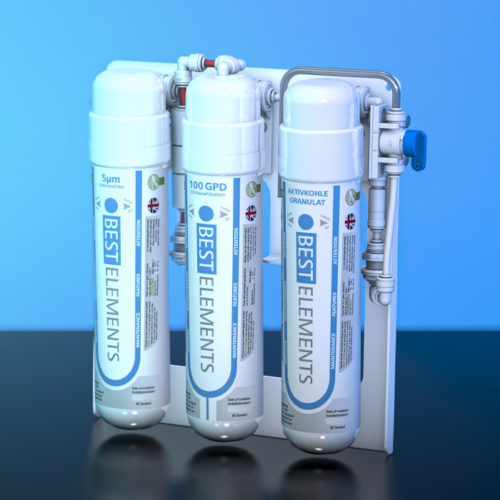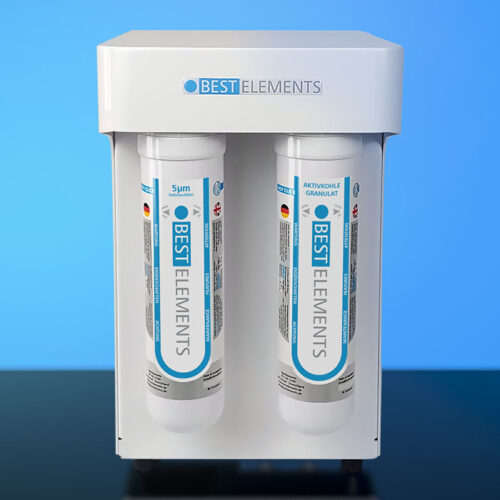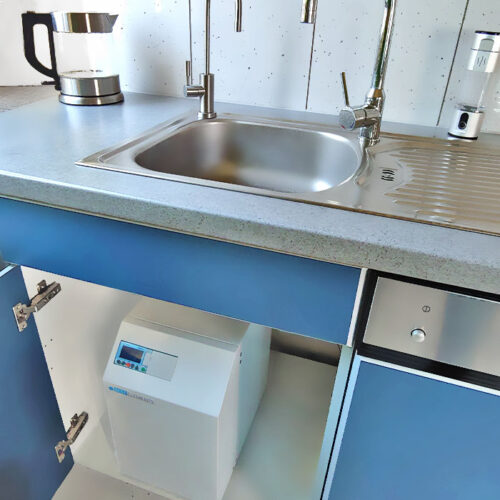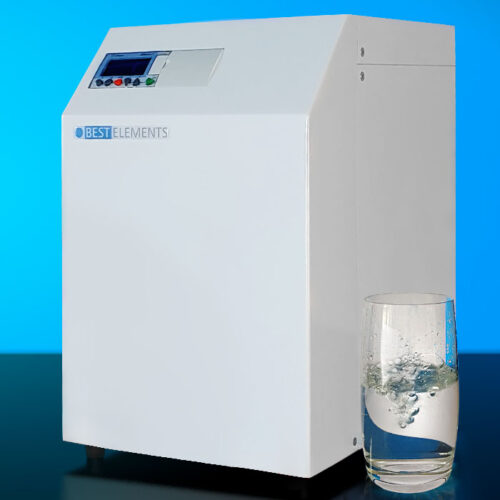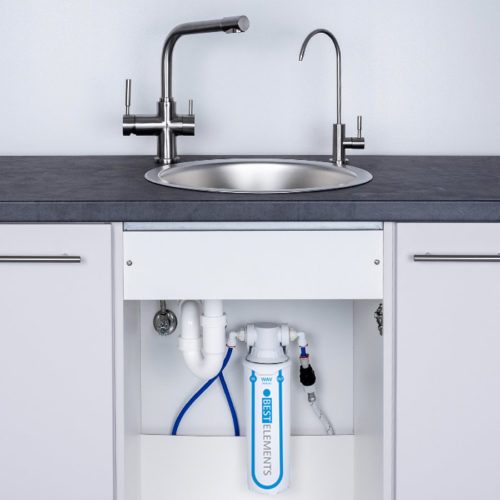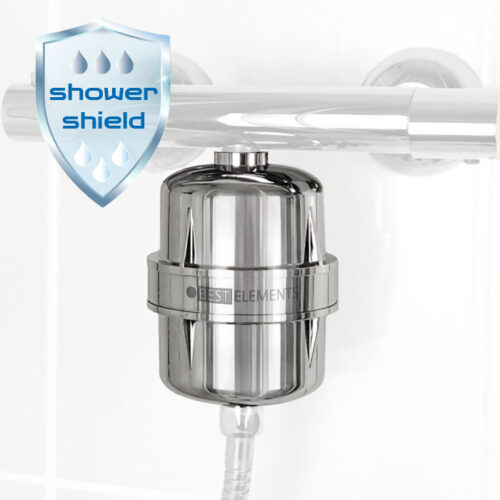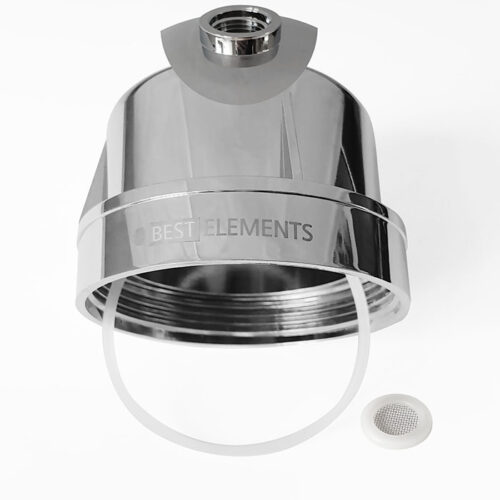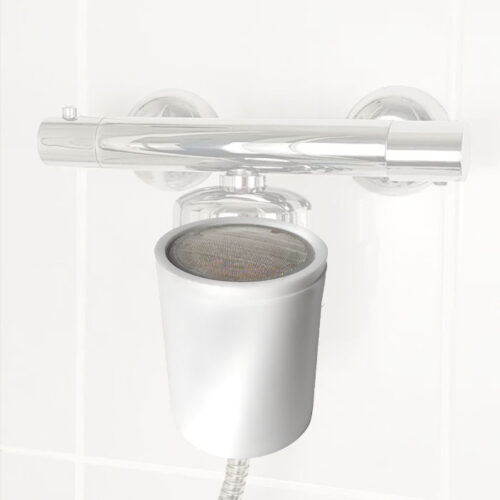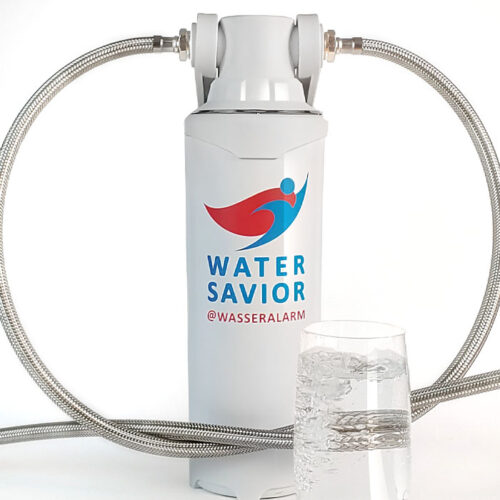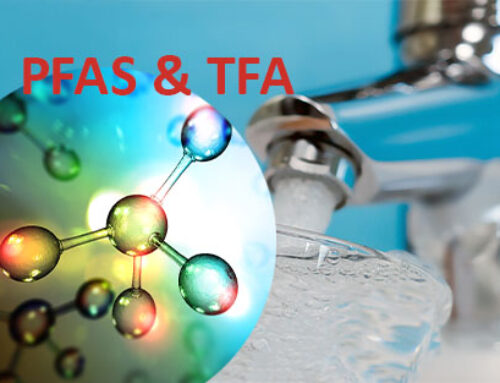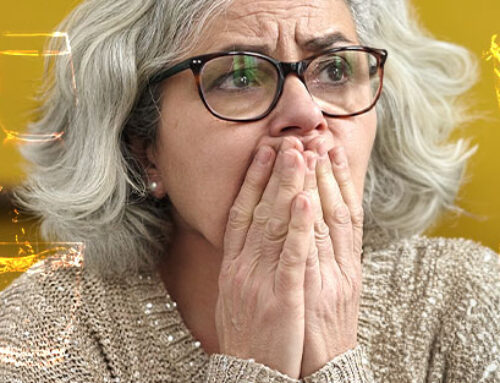Problem and filtering: Drug residues in drinking water
70 to 100 percent of active pharmaceutical ingredients can be released by the body when they are excreted. The active ingredients are then still active. Although sewage treatment plants filter out some of these substances, they are not able to remove all residues, as reported by the Federal Environment Agency (UBA). Drug residues can be detected in bodies of water and drinking water, and interactions have not been researched at all or only insufficiently so far. [report]
According to the Federal Environment Agency (UBA), thousands of tons of active ingredients from thousands of different medicines used in medical treatment and prophylaxis are released into the environment in Germany every year through waste water, sewage sludge and liquid manure. Due to demographic change, more and more people are taking medication and the problem for the environment and the water cycle will become more and more threatening in the future. Drug residues in drinking water are therefore a growing problem and there are potential impacts on the environment and human and animal health. Therefore, the European Union is planning measures against this problem with the aim of removing drug residues in drinking water.
Actions planned by the EU Commission include improving wastewater treatment, monitoring drinking water sources and systems, collaborating and sharing best practices between member states and stakeholders, and EU Commission funding for research and development of removal technologies of drug residues in drinking water.
Water filter against drug residues in drinking water
Our contribution to the future is the development and provision of filter technologies and water filters that are reliably able to remove drug residues from drinking water. With the reverse osmosis technology in BestElements water filters, thorough treatment of drinking water in households, in gastronomy and in offices is possible.

